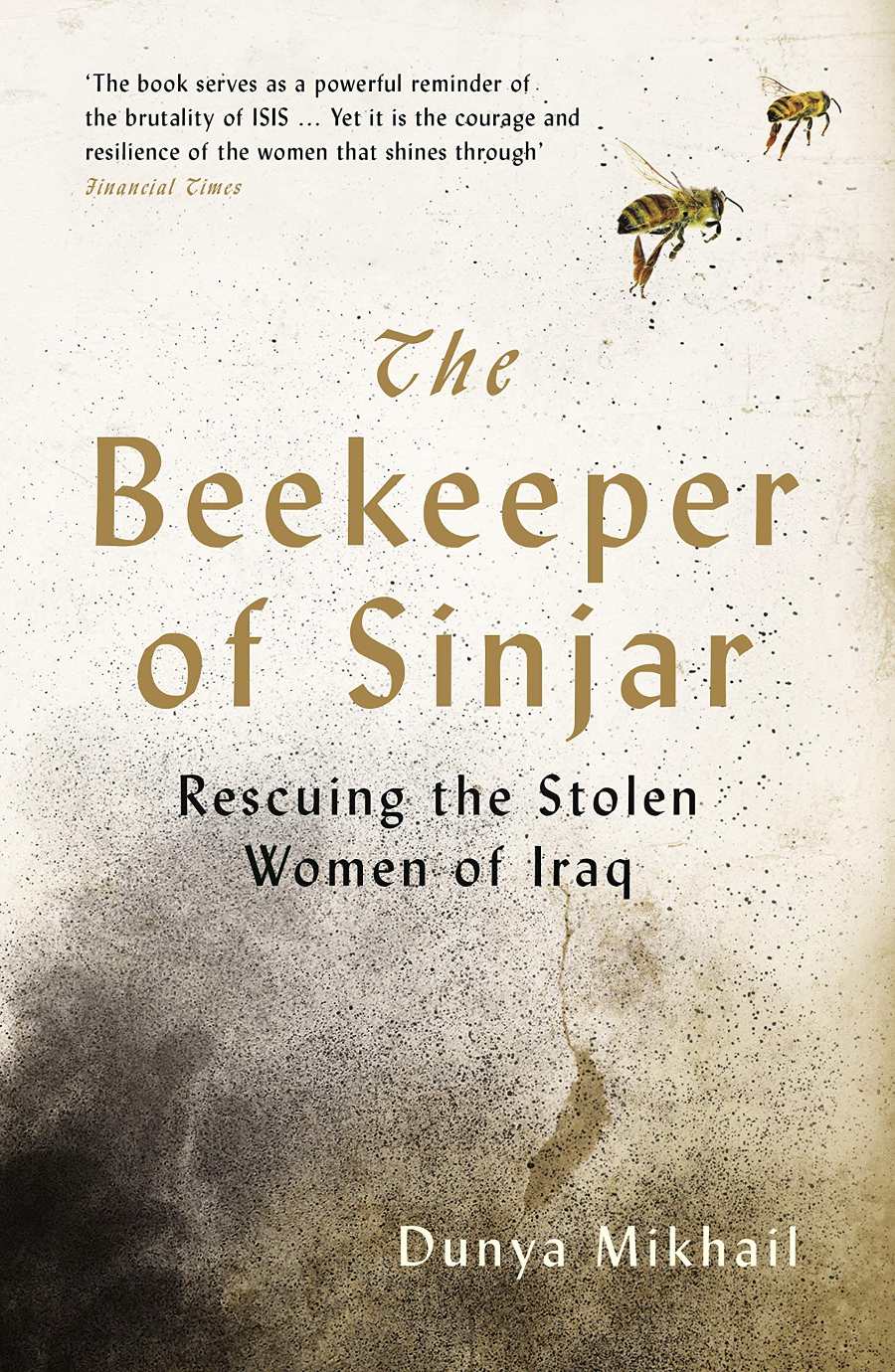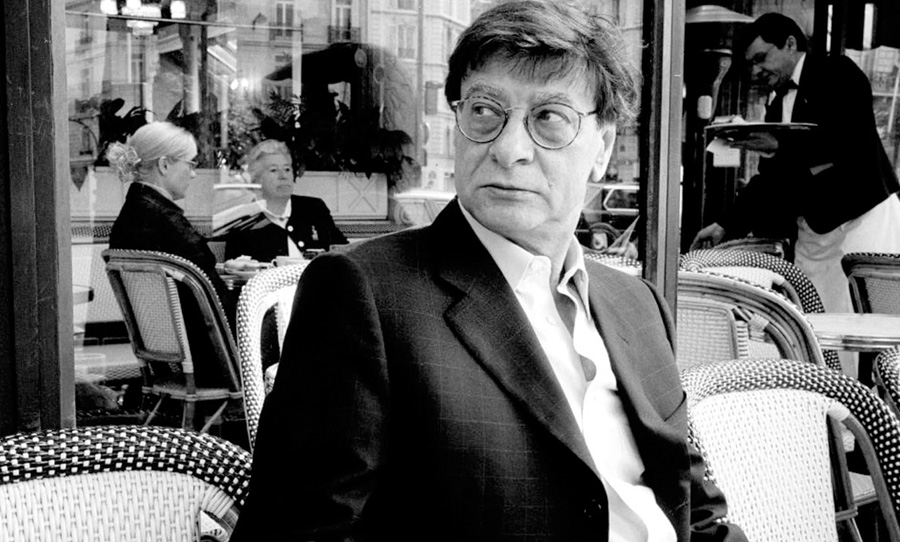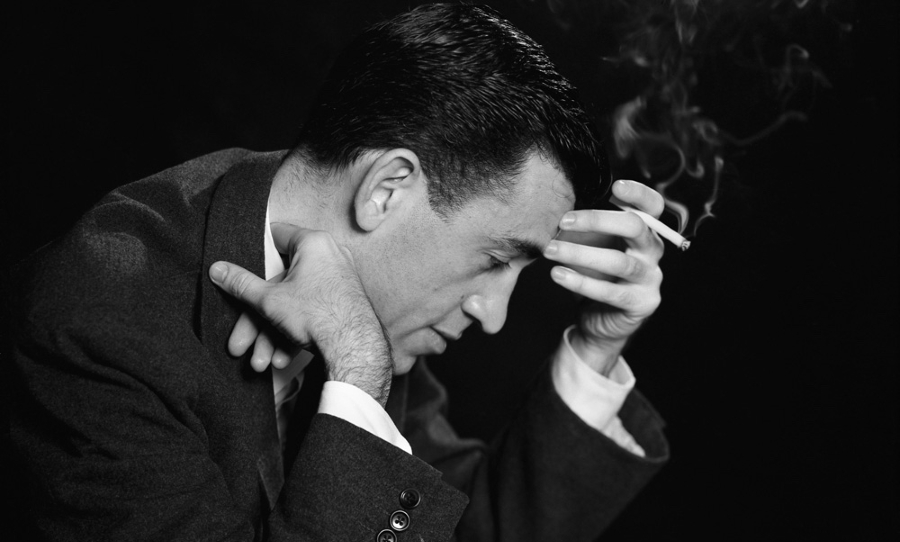The Arabic language features one of the finest literary traditions in history. Let’s take a closer look at some of its finest examples across fiction, non-fiction, and poetry.
With over 400 million Arabic speakers around the world, Arabic language books are one of the most gorgeous, as well as the broadest, glimpses into world literature. To celebrate this tradition, Arabic Language Day was established by UNESCO to “reaffirm the important role of the Arabic language in connecting people through culture, science, and literature.” It happens each year on December 18.
And for those that aren’t familiar with the language, breathe easy: while the titles that we’ve collected in our list were originally written in Arabic, they can also be found in (acclaimed) translated formats. Without further ado, let’s discover some of the finest examples of literature that the Arabic language has to offer.
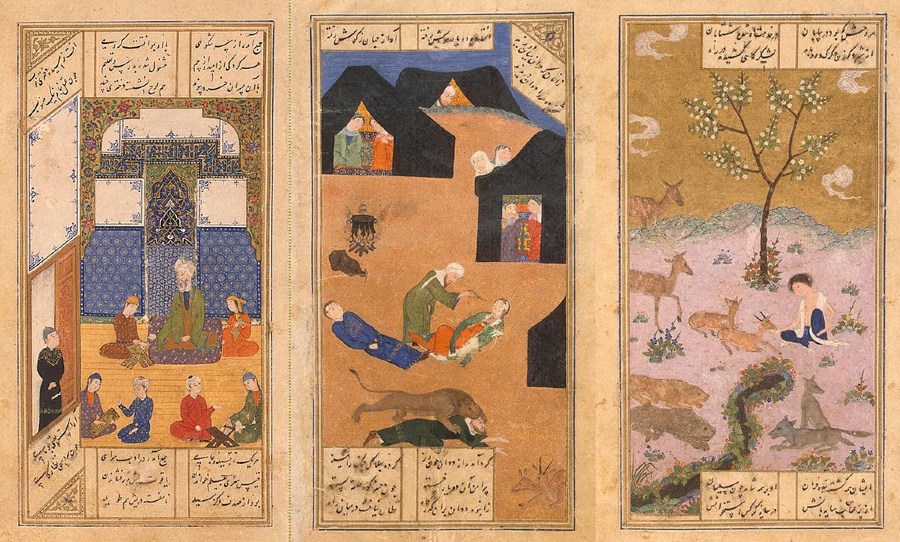
Fiction:
One Thousand and One Nights – Antoine Galland (Translator) (1816)
Commonly known in English as Arabian Nights, One Thousand and One Nights is a collection of folk tales written in Arabic, over centuries by authors from the Arabian Peninsula, North Africa, and South Asia. With stories varying in genre from comedies, tragedies, erotica, and poetry, the thread that ties them all together is the frame narrative: a young woman, Scheherazade, who tells Shahryār, a king, a series of tales on their wedding night.
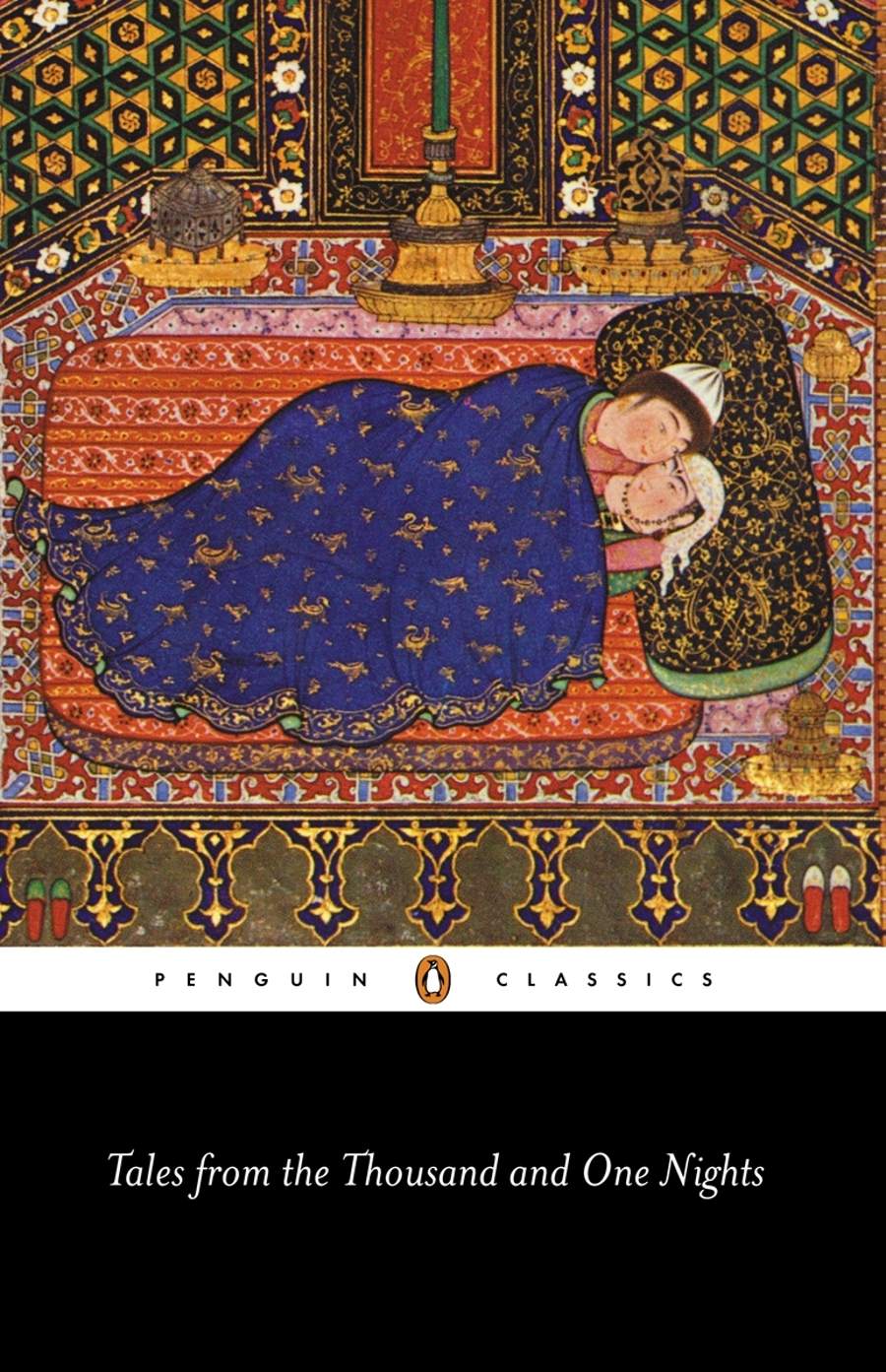
The Days – Taha Hussein, E.H. Paxton (Translator) (1929)
The Days is an autobiographical novel that tells the story of Taha Hussein’s life, beginning with his childhood in a small Egyptian village, and his subsequent studies in Egypt and France. One of the most widely read Arabic language authors in the Western world, Hussein was known as “The Dean of Arabic Literature” and was a 14-time nominee for the Nobel Prize for Literature.
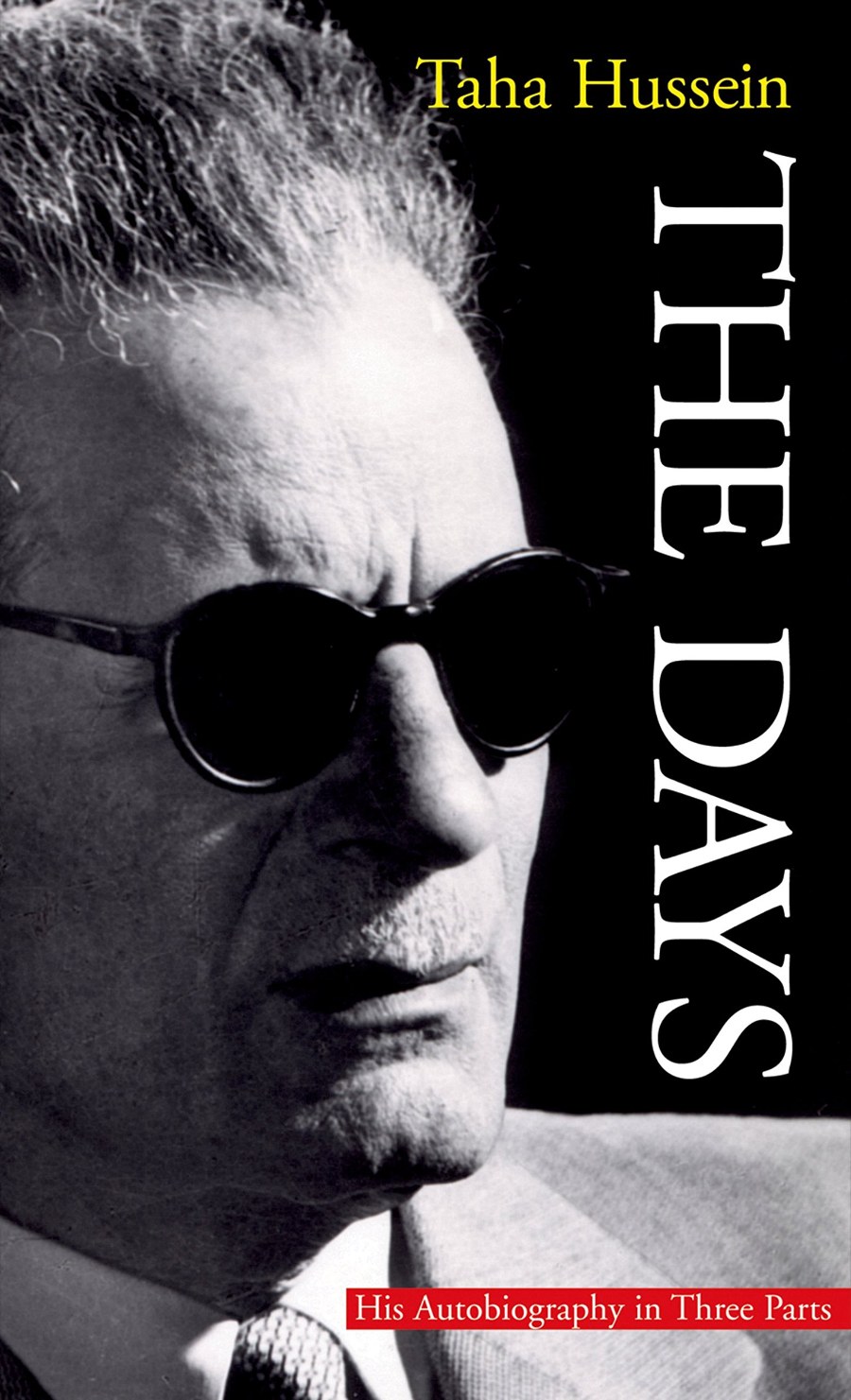
The Return of the Spirit – Tawfiq al-Hakim, William Hutchins (Translator) (1933)
Following the life of a young Egyptian man and his extended family, The Return of the Spirit is a bildungsroman set during the turmoil of the events that preceded the 1919 Egyptian revolution. As described by the publisher: “Return of the Spirit is considered Al-Hakim’s most important novel despite writing more plays than novels, and his adept understanding of class and culture within Egyptian society has cemented his place as one of the country’s most celebrated writers and cultural critics.”
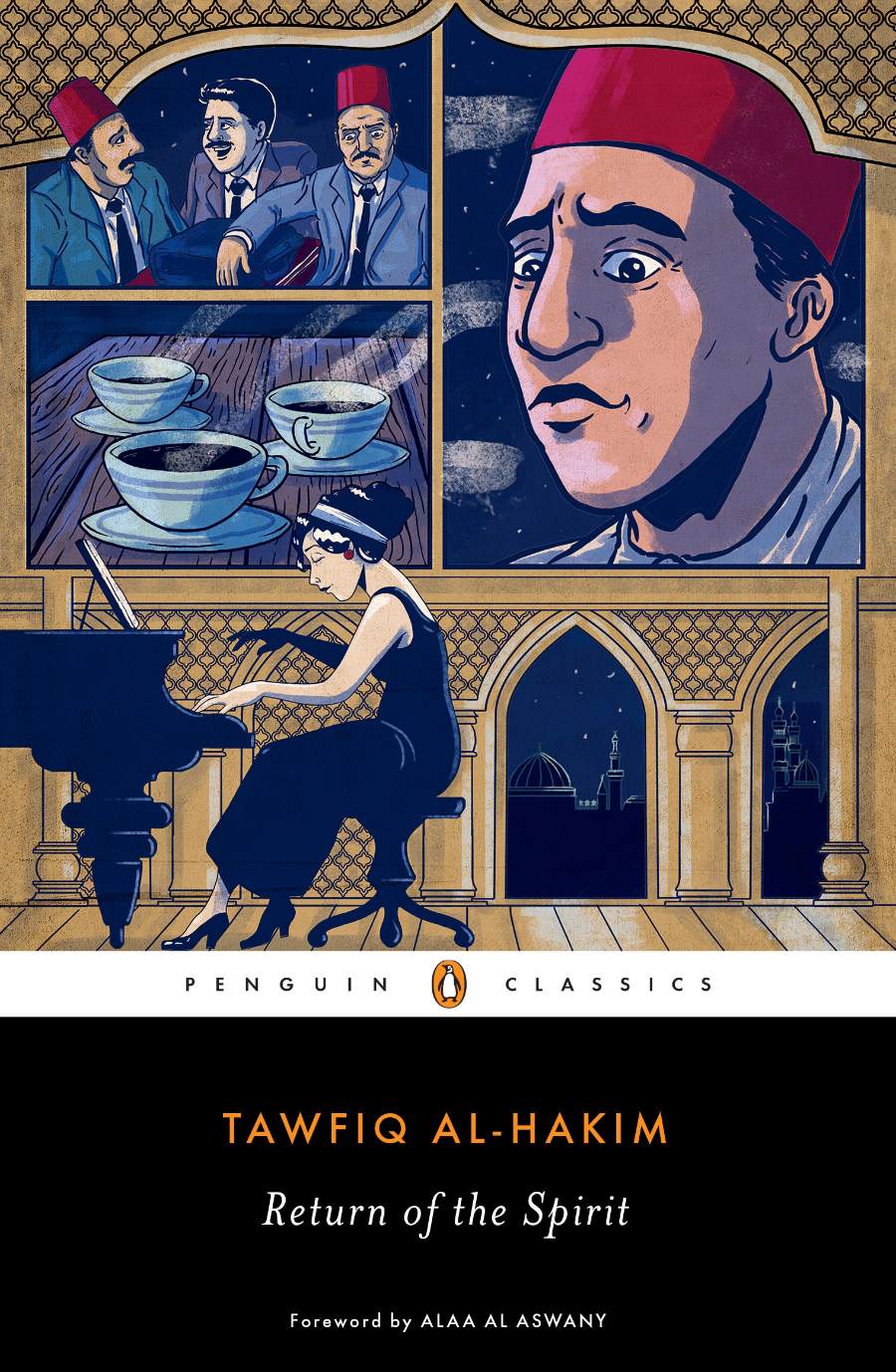
Men in the Sun – Ghassan Kanafani, Hilary Kilpatrick (Translator) (1962)
Men in the Sun details the lives of three Palestinian refugees at an Iraqi refugee camp, as well as their dreams of escaping to Kuwait and finding work as laborers in the oil boom. Written by Palestinian revolutionary Ghassan Kanafani, the Arabic language book is a moving examination of Palestinian displacement during the 20th century.
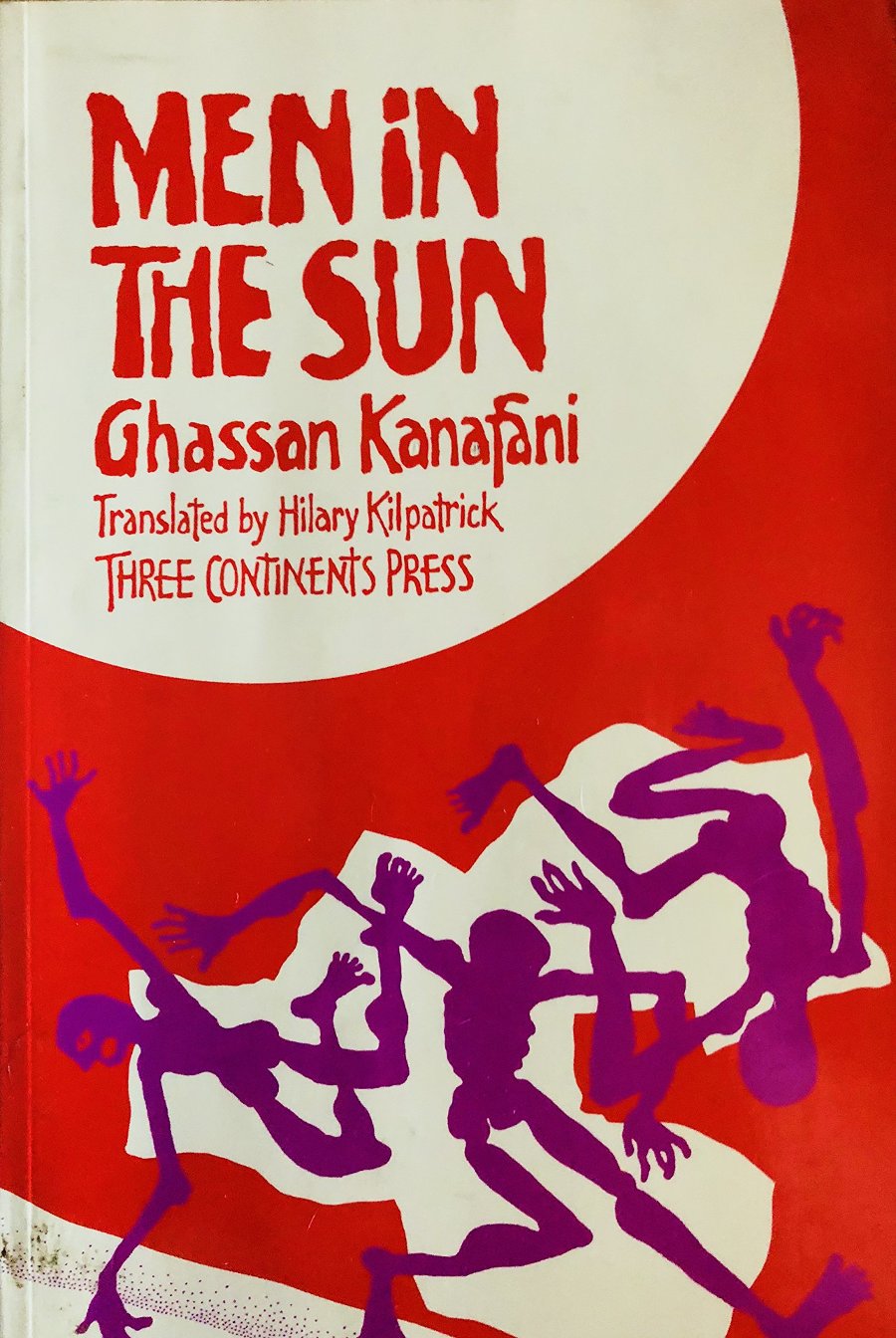
Season of Migration to the North – Tayeb Salih, Denys Johnson-Davis (Translator) (1966)
Season of Migration to the North is a postcolonial, Arabic language book written by Sudanese novelist Tayeb Salih. Noted as one of Edward Said’s “six great novels in Arabic literature,” the book examines the impact of European colonialism on Sudanese culture and identity.
As reviewed for The Guardian: “This depthless, elusive classic …explores not just the corrosive psychological colonization observed by Frantz Fanon, but a more complex two-way orientalism, in which the charms of western thought, embodied in its poetry and liberal ideals, prove irresistible, even as the novel’s Sudanese narrators understand these as the tempting fruit of a poisoned tree.”
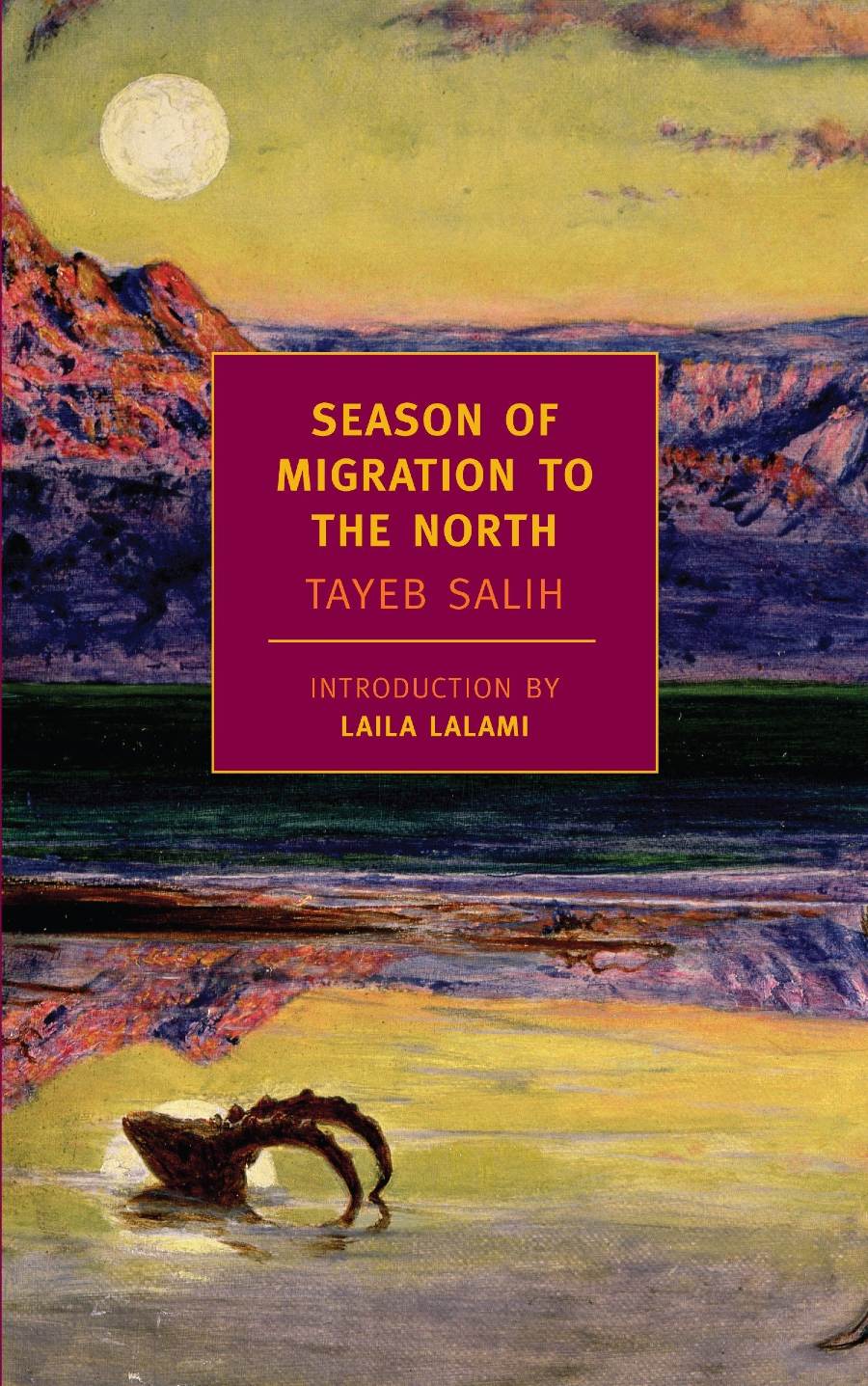
Cities of Salt – Abdul Rahman Munif, Peter Theroux (Translator) (1984)
Set in an unnamed country in the Levant during 1930s, the novel narrates the story of the Bedouin tribes of Wadi al-Uyoun, when oil is discovered on their land by Americans.
As reviewed by Publishers’ Weekly: “The story unfolds at a stately pace over a timespan of many years and provides an endless stream of characters and events, each connected to the next by many threads of plot. Theroux’s sensitive translation conveys the subtleties of ambiguity and nuance inherent to the Arab language and culture.”
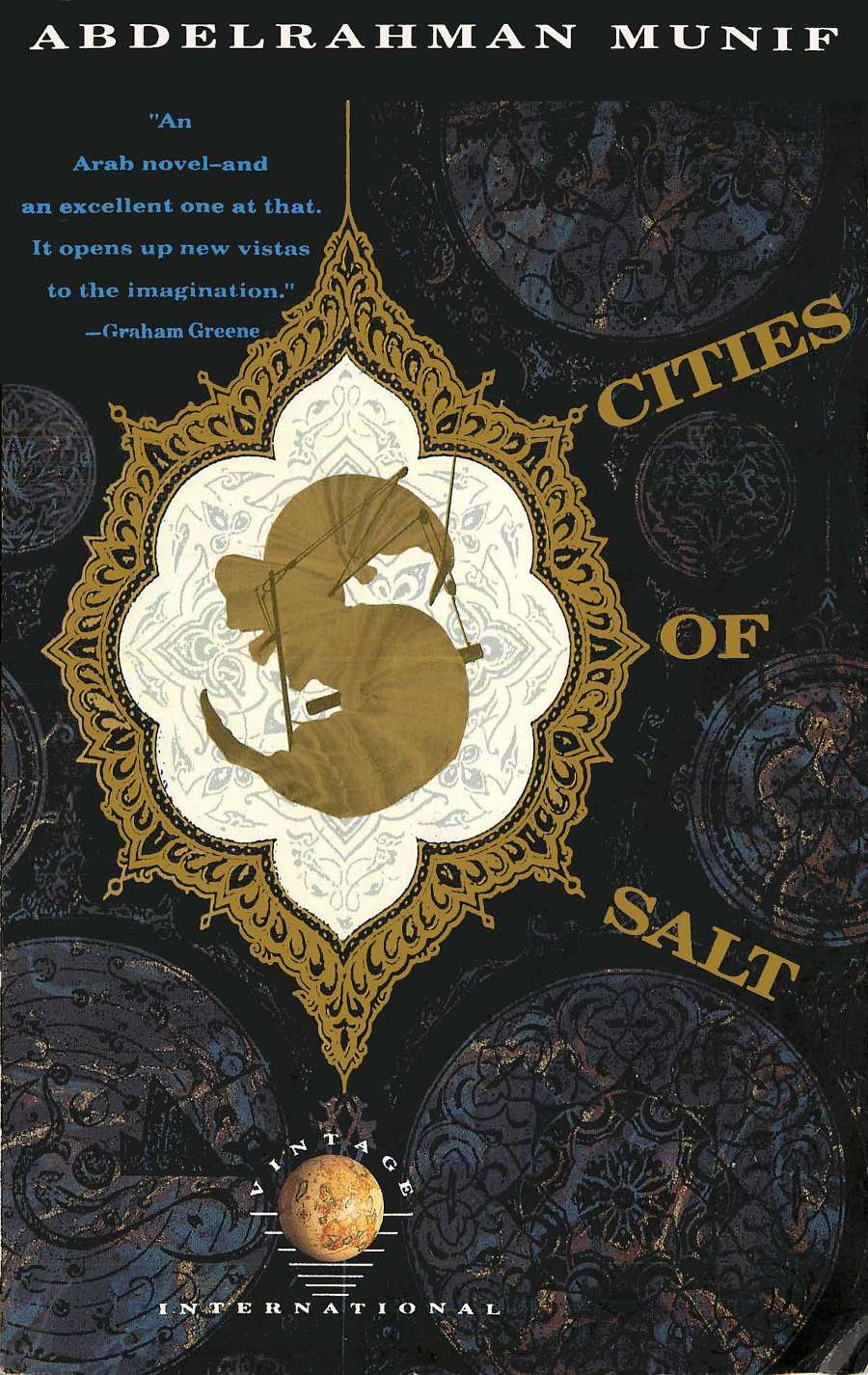
Beirut Blues – Hanan al-Shaykh, Catherine Cobham (Translator) (1992)
Narrated through a series of letters, Beirut Blues is an Arabic language book that describes a young Lebanese woman, Asmahan, and her struggle to make sense of the increasing volatility of her homeland during the Lebanese Civil War.
Originally published as an Arabic language book, that was translated into English four years later, Beirut Blues has received praise from the literary elite, including Booker-winner writer Salman Rushdie, who described it as “a sensuous, unsentimental portrait of a shattered universe, unified in her prose by the low, unabated fever of human desire.”
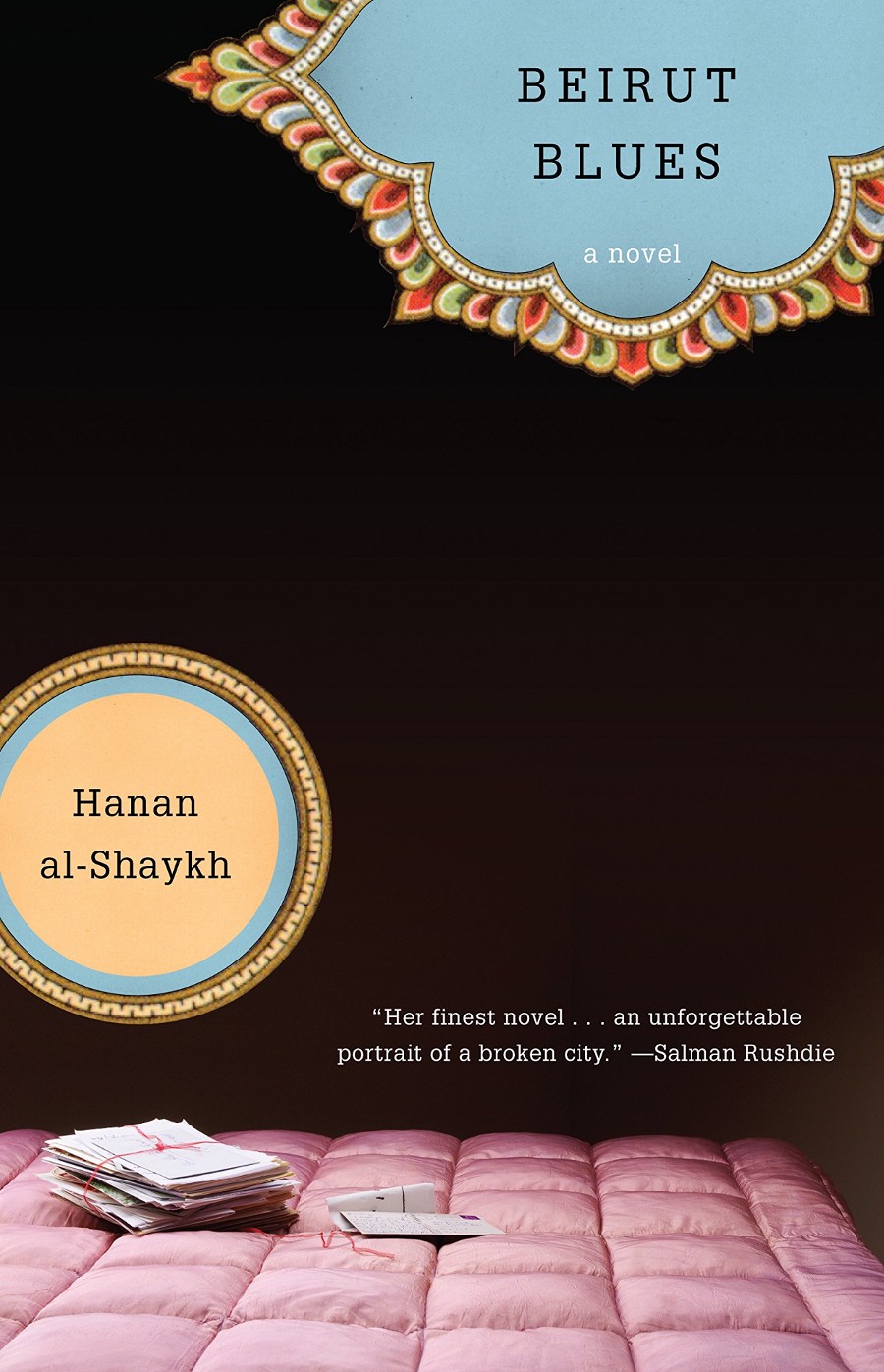
The Yacoubian Building – Alaa Al Aswany, Humphrey Davis (Translator) (2002)
The Yacoubian Building is a roman à clef that describes Egyptian society after the Egyptian Revolution of 1952. Set in a poor working-class district of downtown Cairo, the novel describes a series of colourful characters, their relationship with the Yacoubian Building, and “portray[s] the changes wrought by the second world war, and the British Eighth Army, to sexual morals and long-lived social traditions.“
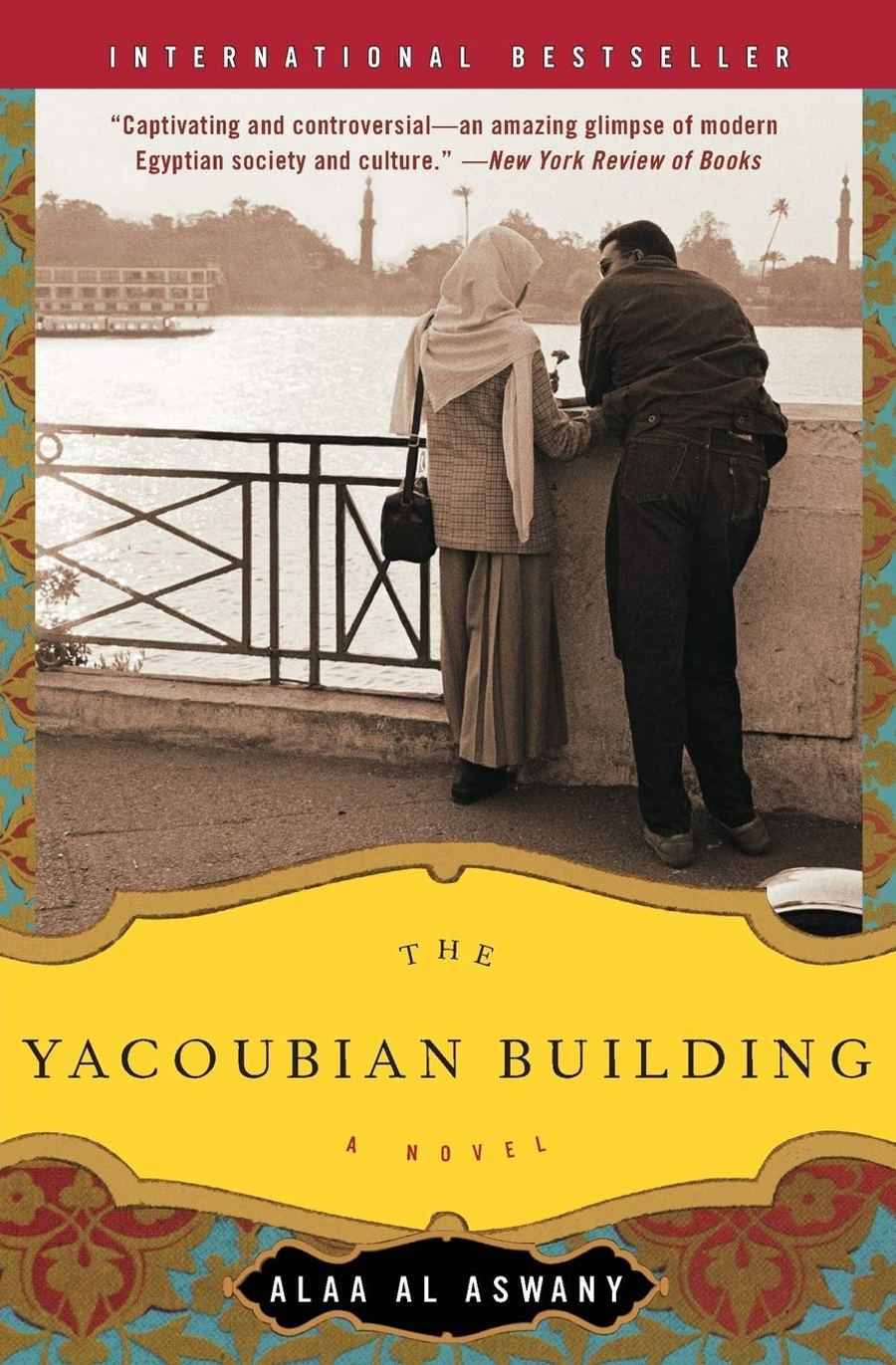
Azazeel – Youssef Ziedan, Lorenzo Declich (Translator) (2008)
Azazeel follows the life of a monk, Hypa, with its events set in the fifth century AD between modern-day Upper Egypt, Alexandria, and northern Syria. While it was critically acclaimed in the Arab-speaking world, winning the International Prize for Arabic Fiction, Azazeel caused an uproar within the Coptic Orthodox Church, which criticized it as a defamation of the Church and ancient Christian theological events.
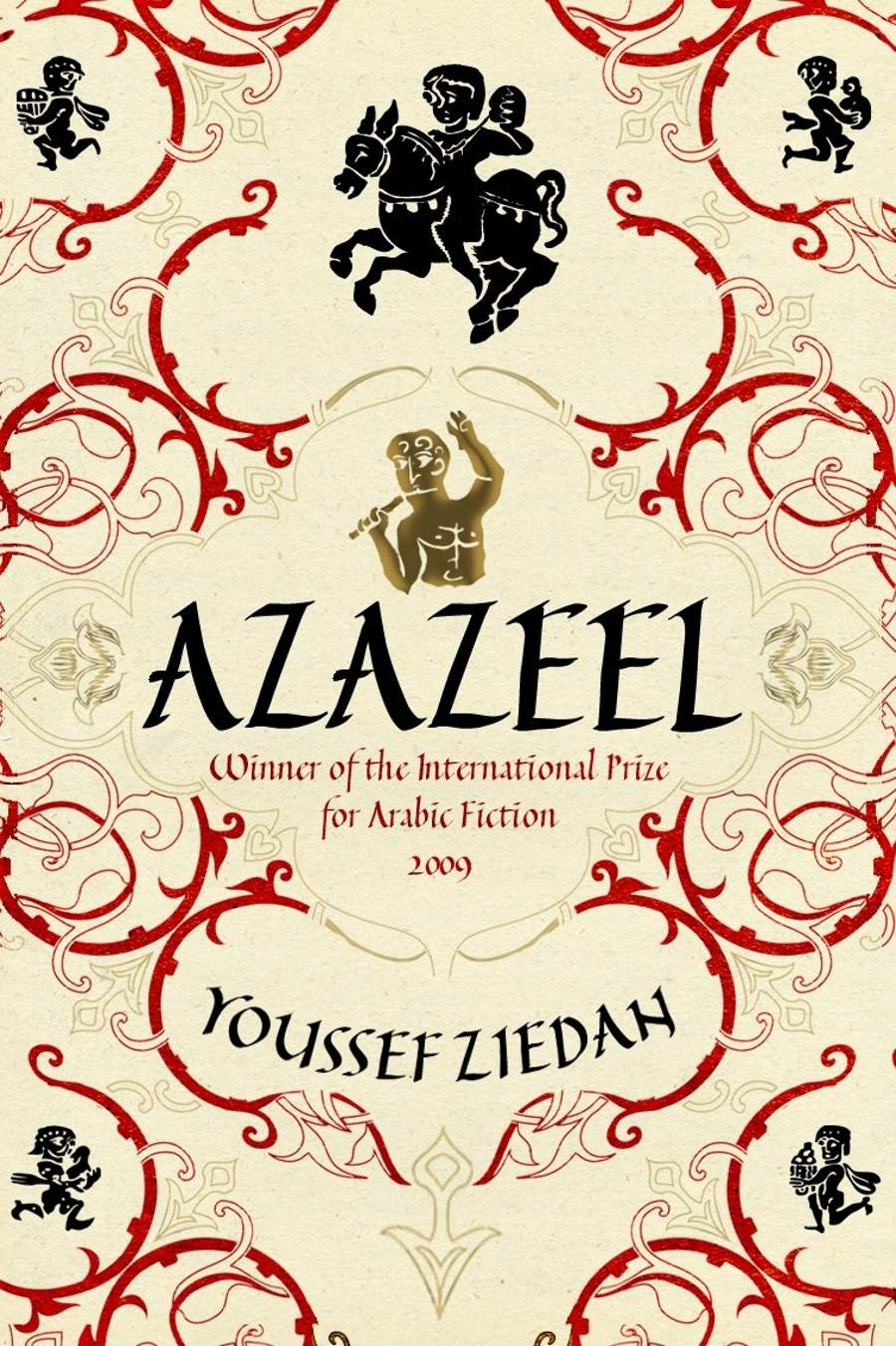
Celestial Bodies- Jokha Alharthi, Marilyn Booth (Translator) (2010)
Winner of the International Man Booker Prize after its English translation in 2019, the Arabic language novel Celestial Bodies follows the life of three Omani sisters: Mayya, Asma, and Khawla. Exploring themes of love, marriage, education, class, and culture, Celestial Bodies is an Arabic language book set against the backdrop of a rapidly evolving Oman.
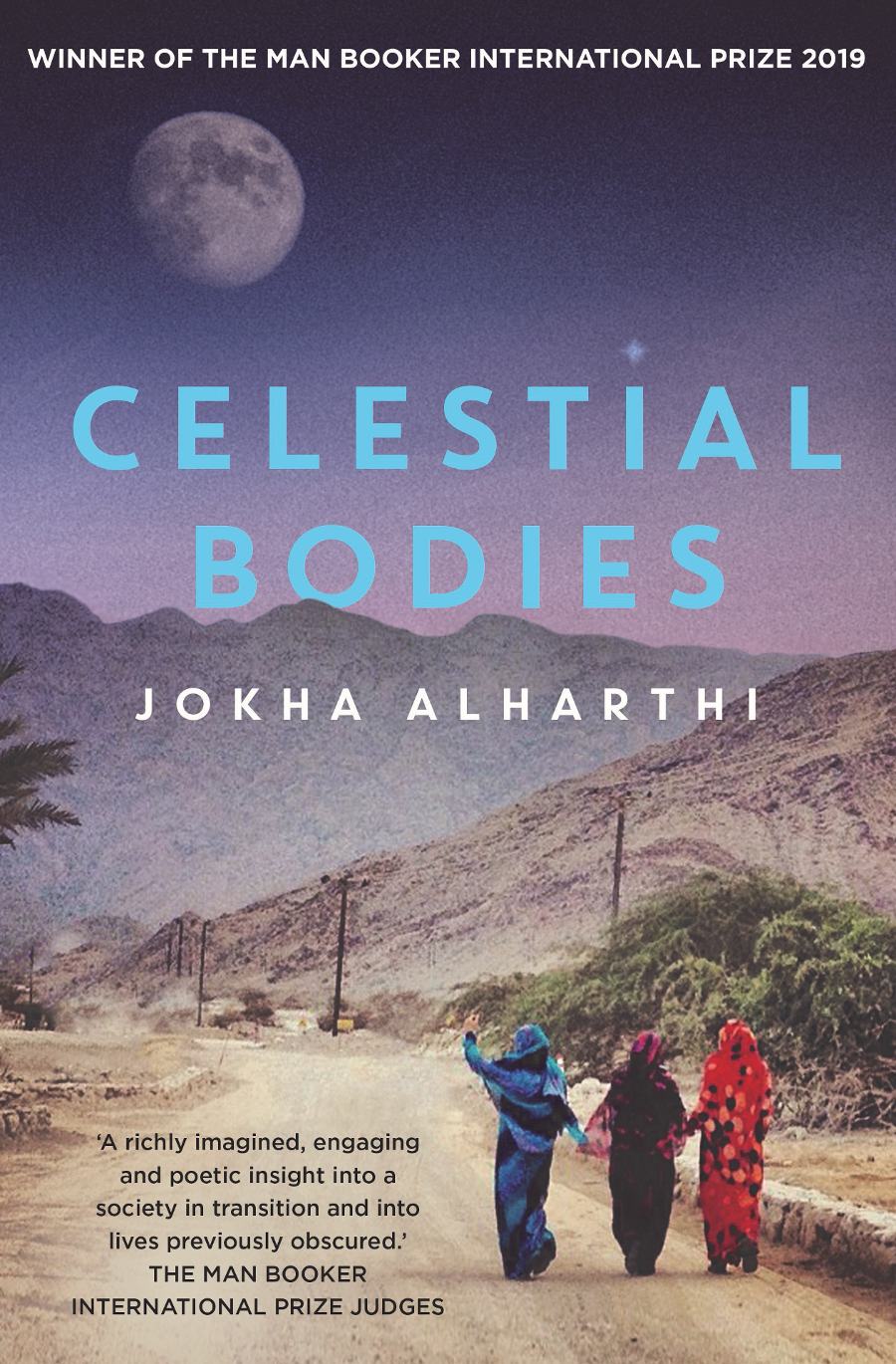
The Queue – Basma Abdel Aziz, Elisabeth Jaquette (Translator) (2013)
Exploring themes of totalitarianism and persecution through a dystopian lens, The Queue is an exploration of meaninglessness, futility, and existential questioning. Detailing the experience of living in a Middle Eastern city, where a building known as the Gate controls the populace, The Queue is an absurdist, metaphorical exploration of the plights of Egyptian society after the Arab Spring.
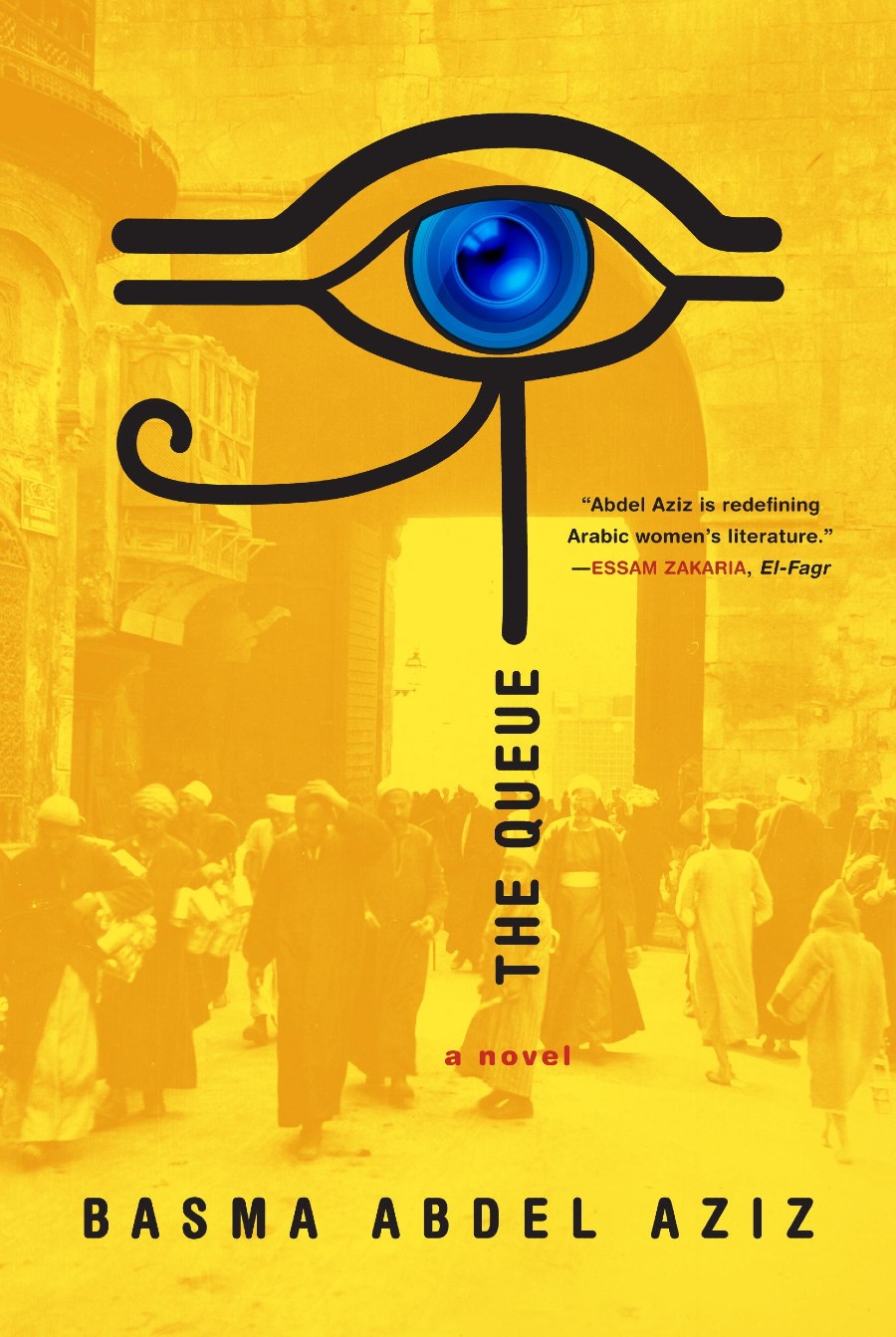
Frankenstein in Baghdad – Ahmed Saadawi, Jonathan Wright (Translator) (2014)
Frankenstein in Baghdad follows Hadi, a junk dealer in U.S.-occupied Baghdad, who collects the blown-up remnants of bomb victims and stitches them together in an effort to give them a proper burial. As one of his creations is infused with the soul of another victim, chaos ensues, and Frankenstein in Baghdad uses its surrealism to display the atrocities of war.
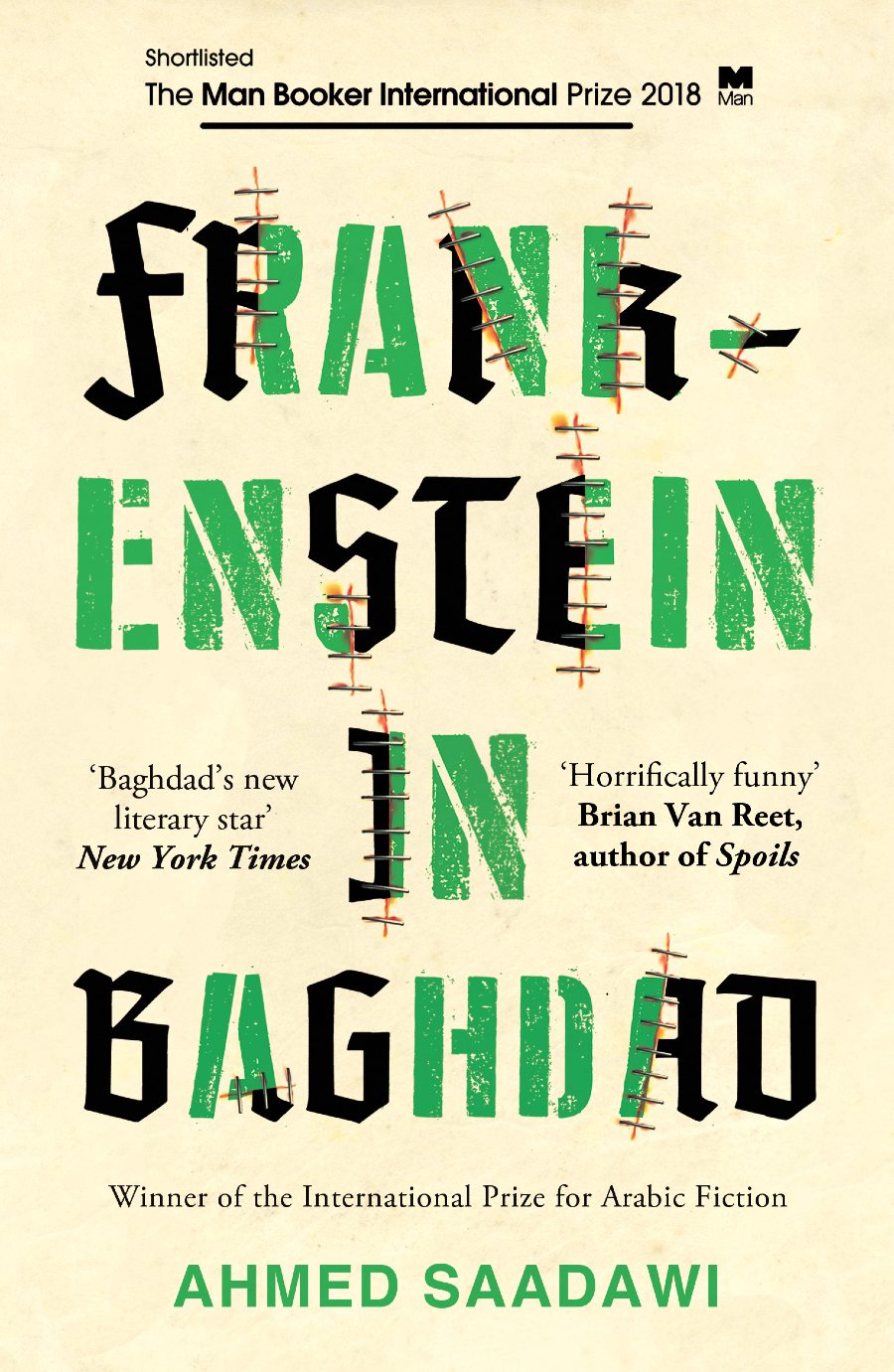
Poetry:
The Butterfly’s Burden – Mahmoud Darwish, Fady Joudah (Translator) (2007)
Written by Palestinian poet laureate Mahmoud Darwish, The Butterfly’s Burden is a collection of three of his most famous volumes: The Stranger’s Bed (1998), a collection of love poems; State of Siege (2002) and Don’t Apologize for What You’ve Done (2003), both depicting the politics and chaos of Ramallah.

Chronicles of Majnun Layla and Selected Poems – Qassim Haddad, Ferial J. Ghazoul (Translator), John Verlenden (Translator) (2014)
The story of Majnun and Layla is beloved across the Asian continent. Chronicles of Majnun Layla and Selected Poems revisits the Iranian folktale and imbues it with modern sensibilities. As described by the publisher: “A powerful lyric poet, Haddad juxtaposes classical and modern symbols, and mixes the old with the new, the sensual with the sacred, and the common with the extraordinary.”
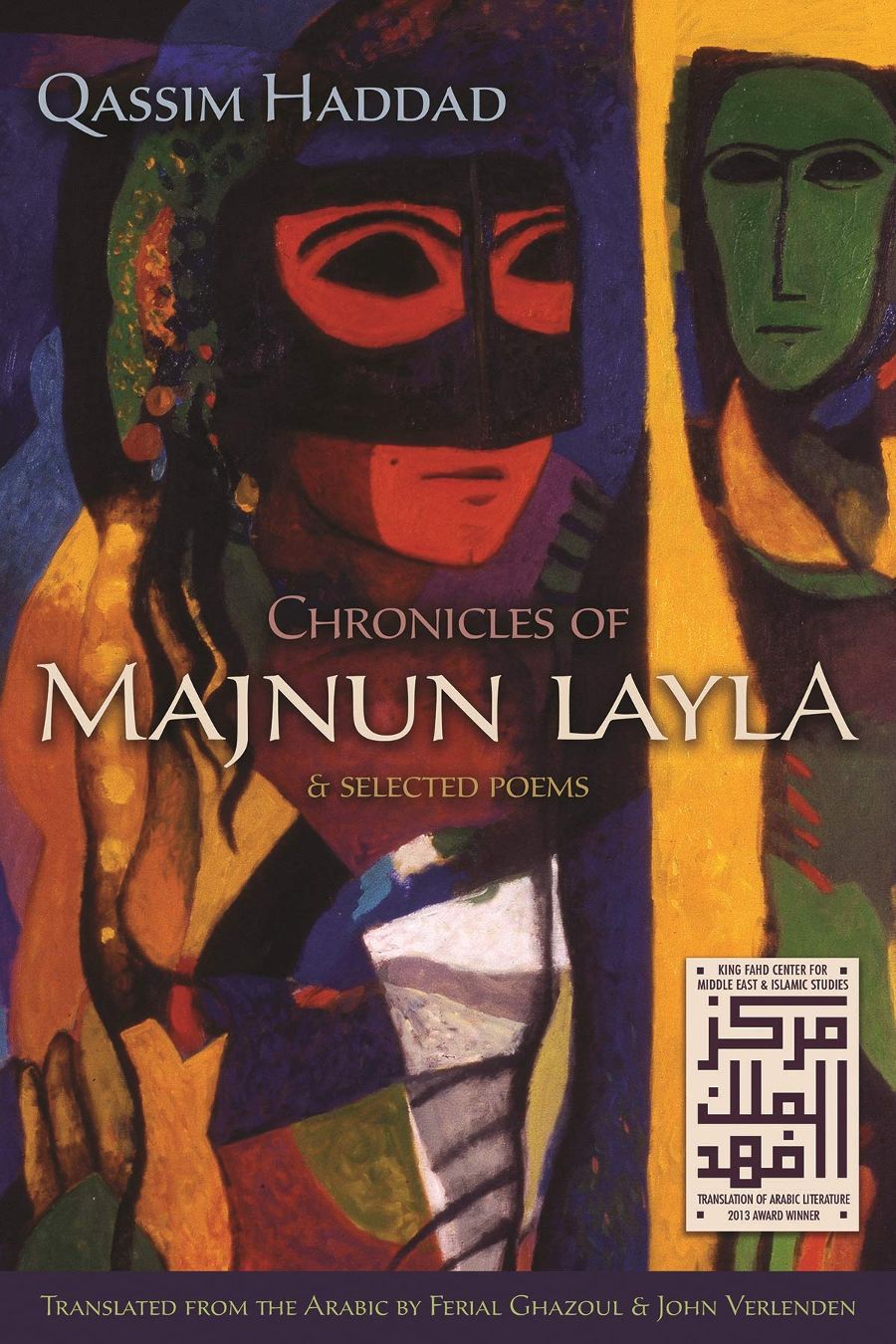
In Jerusalem and Other Poems: 1997-2017 – Tamim Al-Barghouti, Ahdaf Soueif (Translator), Radwa Ashour (Translator) (2016)
As scholar Marina Warner writes, “Drawing from classical Arabic literary tradition, he revisits and re-invents fable, satire, philosophical dialogue, parody, prophecy, elegy, and lyricism; and the results flash with wonderfully original, often witty, mordant fantasy.”
Tamim Al-Barghouti’s Arabic language book, In Jerusalem and Other Poems, is a brilliant collection of the Palestinian poet’s most beloved works, translated by novelist Ahdaf Soueif and Al-Barghouti’s mother, Radwa Ashour.
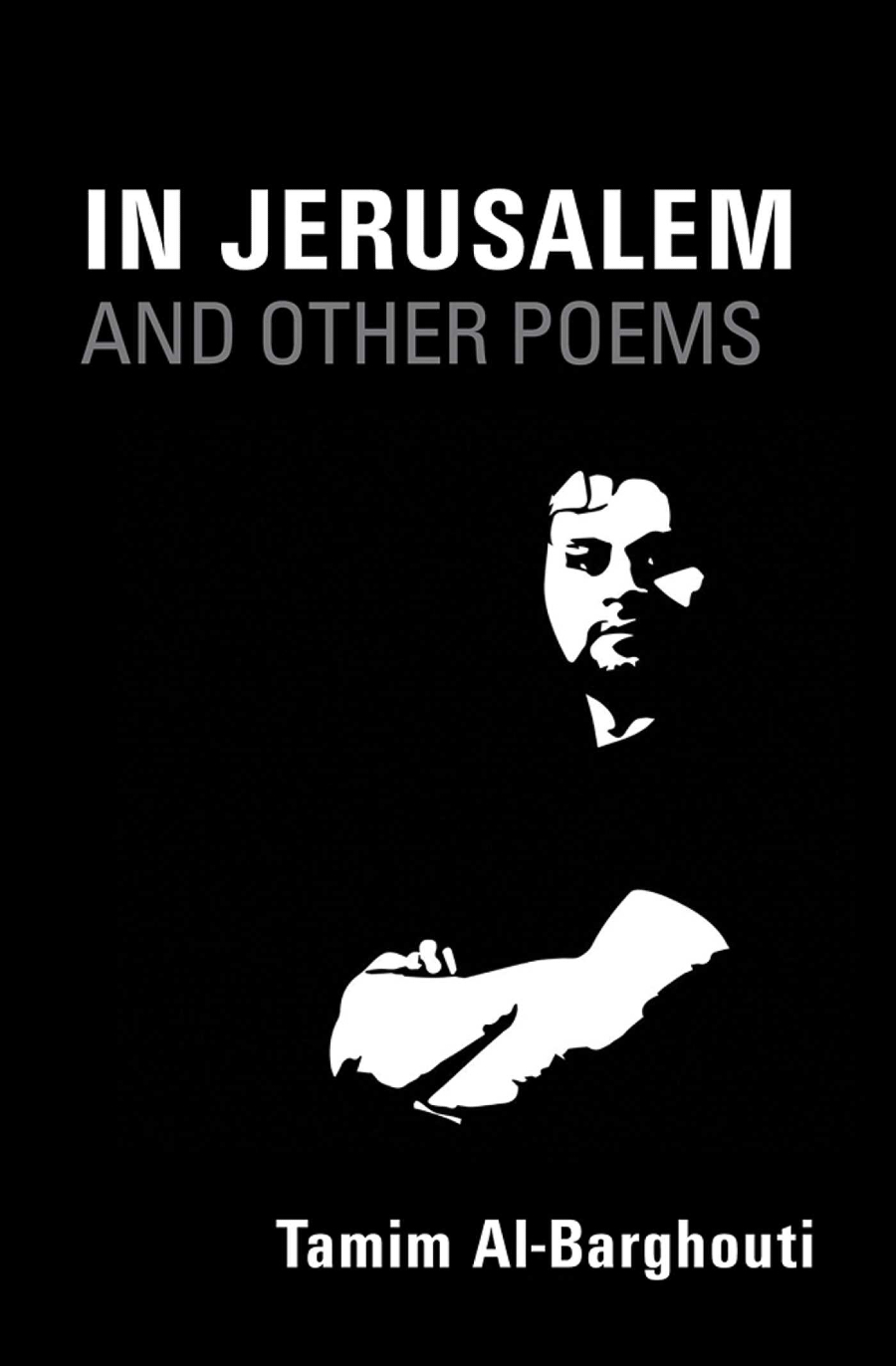
Lighthouse for the Drowning – Jawdat Fakhreddine, Jayson Iwen (Translator), Huda Fakhreddine (Translator) (2017)
Blending classical Arabic literary traditions and modernist values, Lighthouse for the Drowning is the first translated version of Jawdat Fakhreddine’s poetry. A revolutionary of Arabic poetry, Jawdat Fakhreddine is considered one of the best second-generation poets of the Modernist movement in the Arab world.
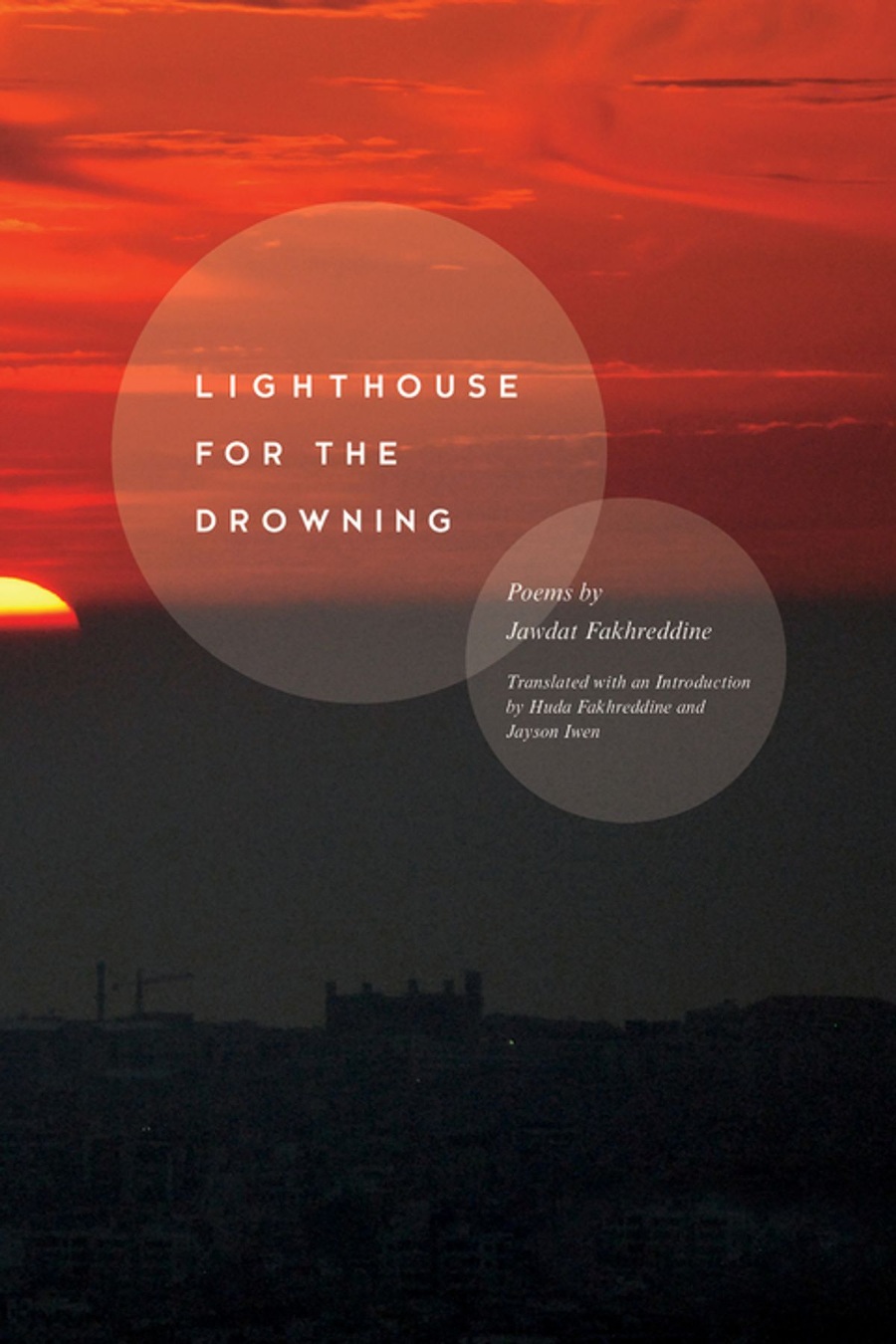
The Blueness of the Evening – Hassan Najmi, Eric Sellin (Translator), Mbarek Sryfi (Translator) (2018)
Depicting exquisite scenescapes of melancholy interiors and expansive landscape exteriors, The Blueness of Evening provides poignant insight into the political, geographical, and linguistic melting pot that has elevated Morocco to an established hub of creativity, resistance, and artistry.
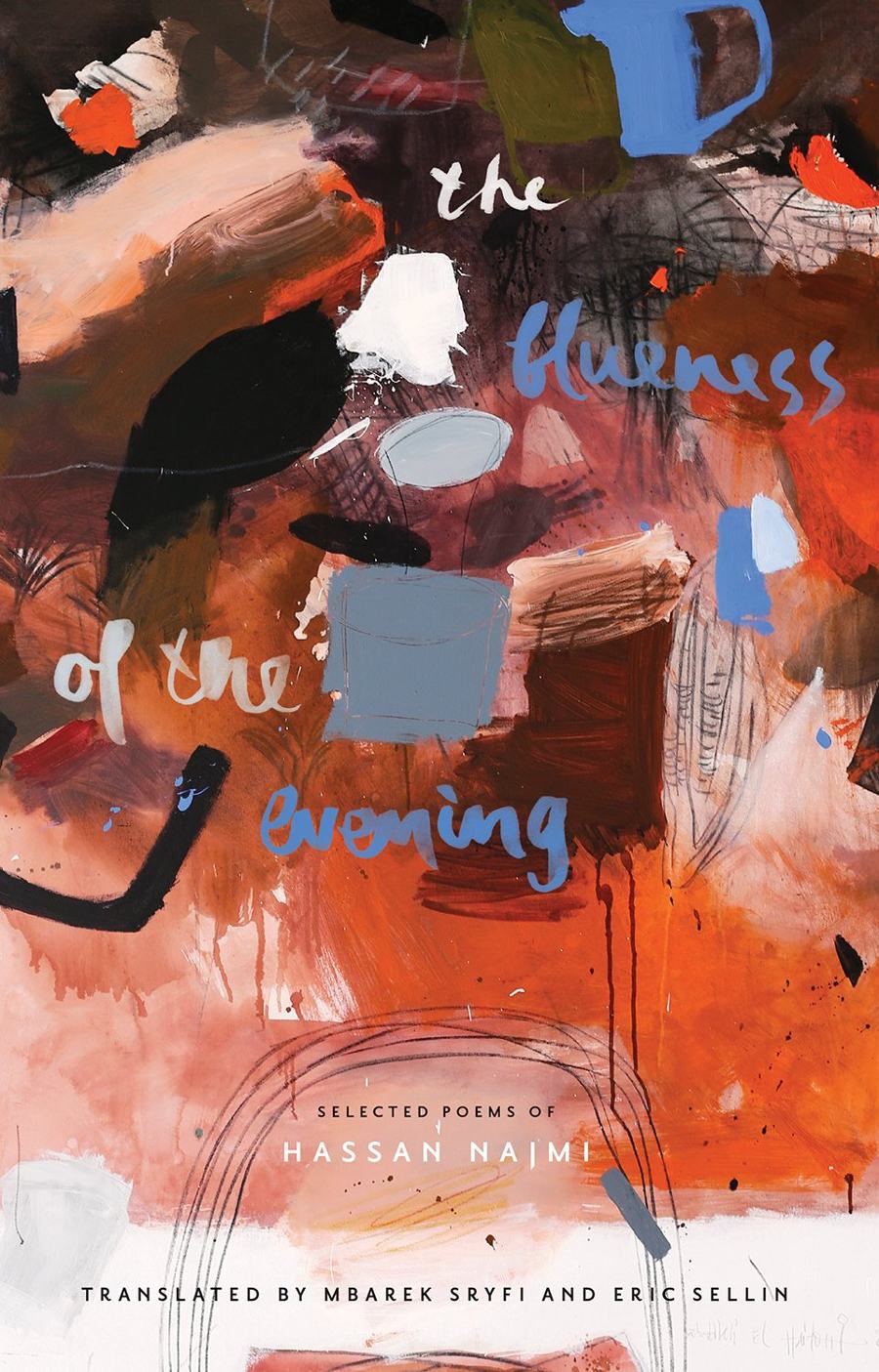
Non-fiction:
Muqaddimah – Ibn Khaldun, Franz Rosenthal (Translator, 1958 version) (1377)
Seeking solitude, Ibn Khaldun spent four years in an Algerian castle, Qalʿat ibn Salāmah, where he wrote his masterpiece, the Muqaddimah, an introduction to history. Detailing a universal history of the Arabs and Berbers, while also discussing historical method, “with the aim of providing the criteria necessary for distinguishing historical truth from error.”
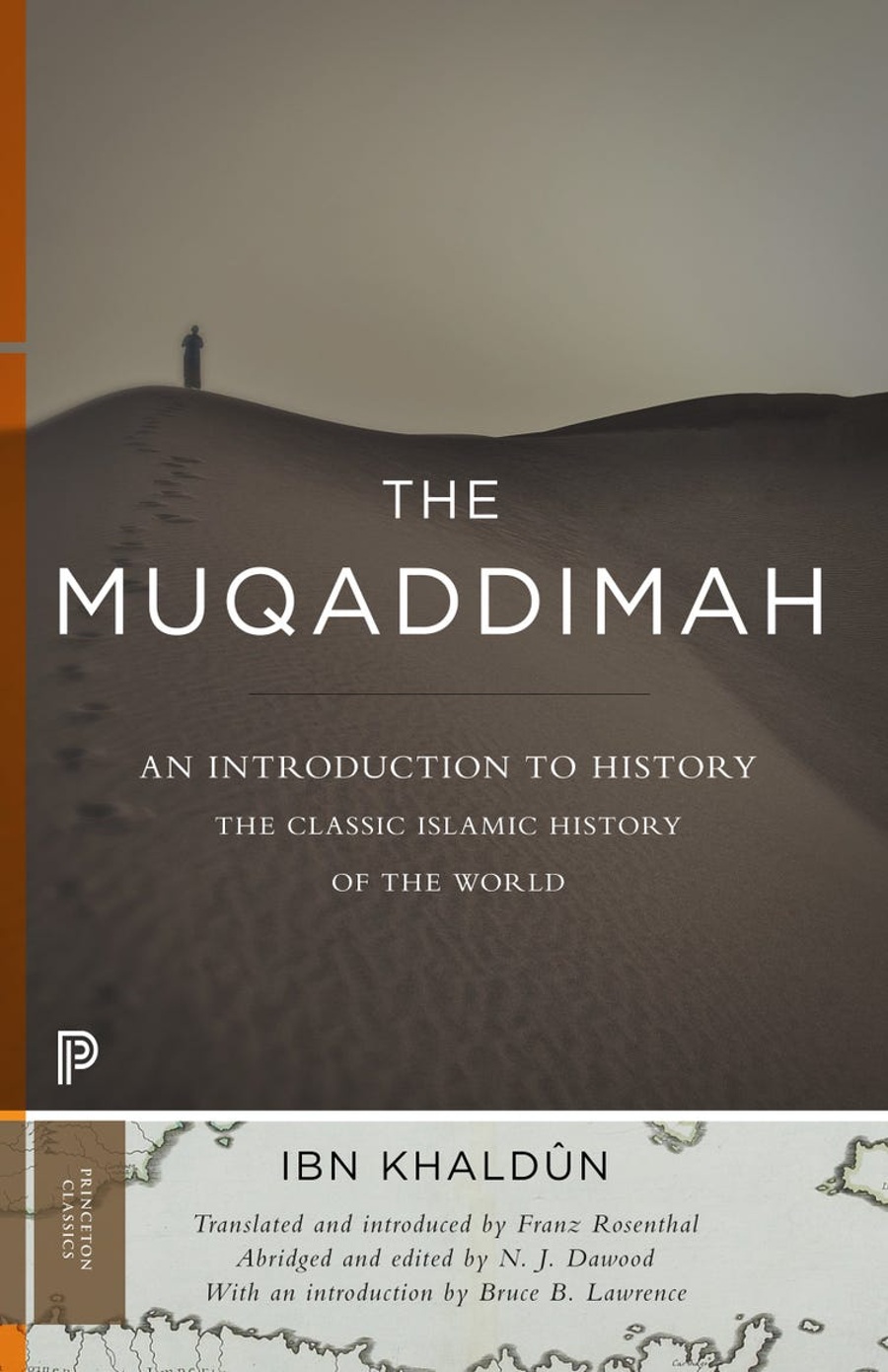
I Saw Ramallah – Mourid Barghouti, Ahdaf Soueif (Translator) (1997)
Detailing the Palestinian author’s own experience of a three-decade exile from his home country, I Saw Ramallah is an account of returning to a homeland that no longer exists. Weaving together his story of homecoming with the history of journeys across the Arabian Peninsula, Mourid Barghouti creates a portrait of an identity shadowed by political violence.
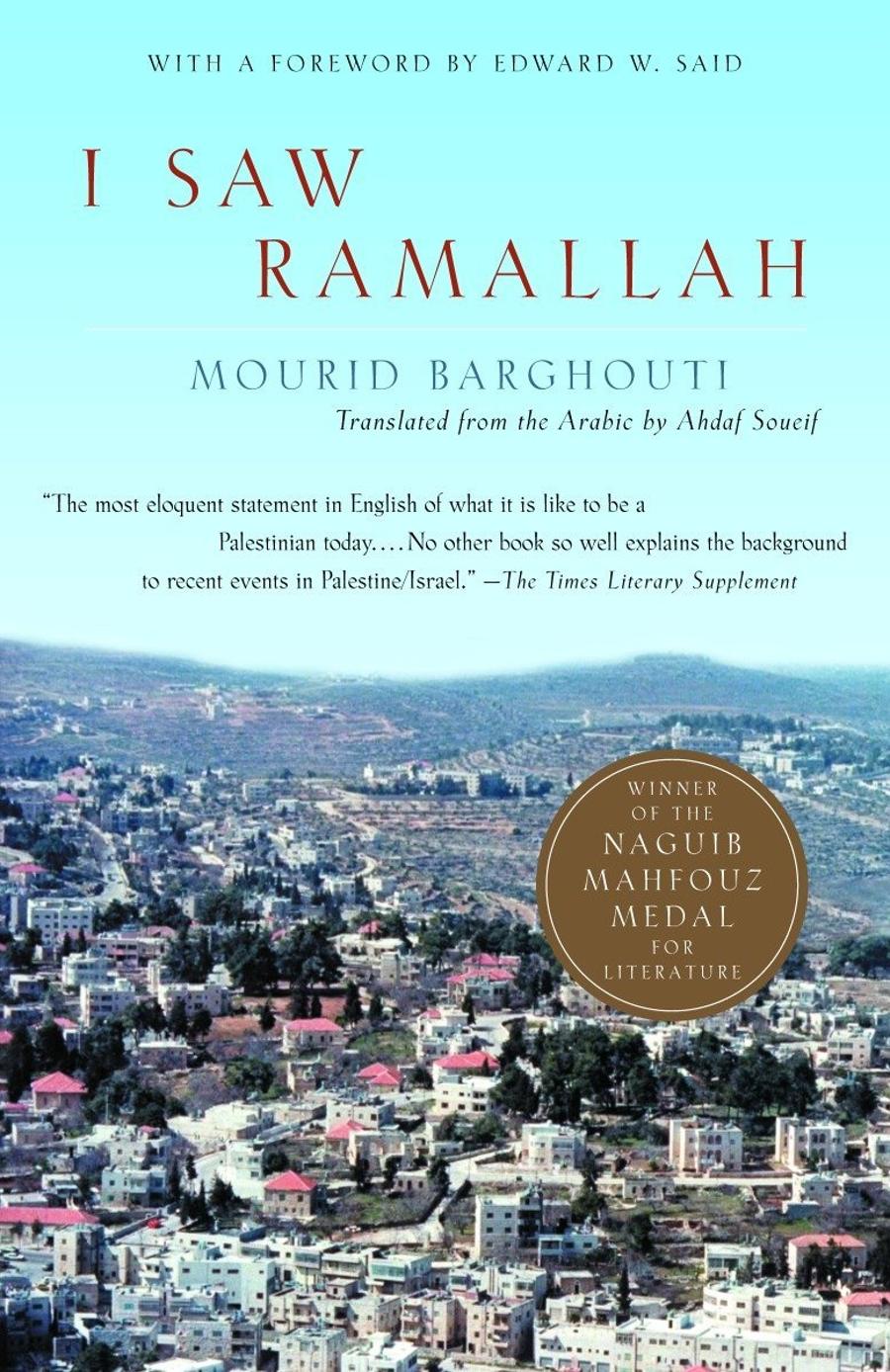
The Beekeeper of Sinjar: Rescuing the Stolen Women of Iraq – Dunya Mikhail, Max Weiss (Translator) (2017)
Originally an Arabic language book by journalist Dunya Mikhail (later translated by Max Weiss) The Beekeeper: Rescuing the Stolen Women of Iraq tells the stories of women who have managed to escape the grasp of Daesh (ISIS), with the help of an unlikely hero: a beekeeper, who transports them across the war-stricken landscape to safety.
